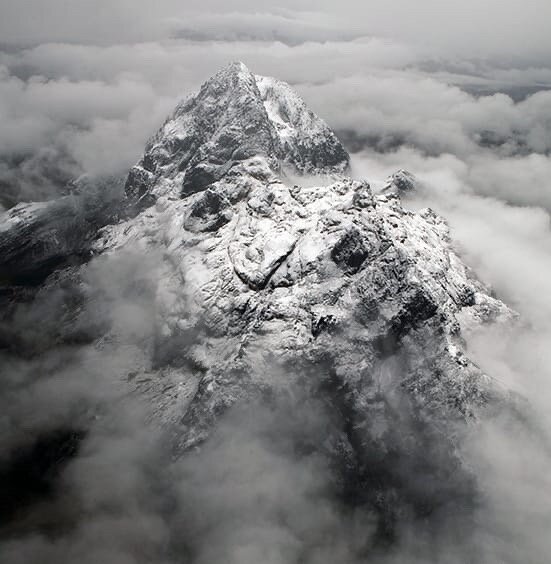rock fall
Quilindaña, Ecuador
Setting: Northwestern Face of quilindaña - Ecuador
Two climbers are opening a new route in the Northwestern face of Quilindaña, Ecuador. At this time there is another group of two climbers that is going up the Northern Face, which is the normal route, besides these two groups, there is no one else on the mountain. The rock quality in Quilindaña is very poor, rocks are constantly breaking loose and falling down. The climbers on the Northwestern face are on the first pitches of the climb, not far from the base of the wall. The lead climber on the Northwestern Face manages to overcome an overhang, and as soon as he pops his head above, he sees a rock the size of a microwave falling down towards him. The rock hits the climber´s helmet, breaking it in two and making the climber lose consciousness. A couple of minutes go by before the climber wakes up while his belayer is lowering him to a ledge. With a radio, they are able to communicate with the other climbers and ask for assistance.
Subjective:
The patient is a 17 year-old-male, a rock fell and hit his helmet breaking it in two. He loses consciousness briefly, but now is alert and oriented. His chief complaint is severe pain in his face, especially his lower jaw.
Objective:
The belayer helped the patient down to a ledge, he has a lot of blood in his face. After performing a detailed head-to-toe exam, the findings are that the lower lip is split in two. Patient has good circulation, sensation and movement in all four extremities. Patient denies pain or tenderness along his spine. Patient is alert and oriented and is well aware of the situation, he states a great deal of pain but he collaborates with his fellow climber.
Vital Signs:*
Time 07h30
LOR A+Ox4 (loses consciousness)
HR 76 Strong, regular
RR 18 Regular, easy
Skin Pink, warm and dry
Symptoms: Severe pain in his face
Allergies: None
Medications: None
Pertinent Medical History: None
Last in/out: drank 2 liters of water, urinated 2x with a normal BM
Events: The fall of the boulder was not caused by a fainting event.
WHAT IS YOUR ASSESSMENT AND PLAN?
DO NOT peek at the next section without answering this first.
Assessment:
Laceration in his lower lip, abrasion in cheek. Possible jaw fracture, possible head injury.
Plan:
Stop the bleeding of the lips
Clean wounds
Monitor for bleeding and head injury signs and symptoms
Go down
Evac
Anticipated Problems:
Bleeding won't stop, it can lead to a hypovolemic shock. Difficult area to do a pressure bandage.
Worsening head injury, needs to monitor level of responsiveness.
Internal craneal pressure (ICP)
The tale continues:
Once the other climbers reach the place of the accident, they place a bandage on the patient's face to stop the bleeding. The place of the accident is not far from the base of the wall, the group starts the descent in an efficient manner. Once they reach the base of the wall, the patient makes a litter using the climbing ropes (he was the most experienced of the group) and they start making their way to the car. Luckily, a group of hunters was in the area, and they had a horse with them. The patient made the rest of the way to the car on horseback. They reached the hospital that same day. Once in the hospital, they got confirmation for; fracture to the maxilla, fracture to the nose, large abrasion on the right cheek, patient loses the 4 of the 8 incisors and 1 of the 4 canines (cuspids), hospital rules out head injury. .
Take away points:
Bad quality of the rock was the objective cause of the accident.
One of the climbers (the patient) had knowledge and experience on how to make a litter with rope, this made the evac more efficient. It is crucial that every member of an expedition knows how to manage an emergency situation and how to use the available resources.
Staying calm was an essential part of this emergency, the wounds were taken care of to the best of their ability and the descent was made in a calm manner, they didn’t allow the situation to get worse.
The climbers did not have a first aid kit with them.
The use of the helmet saved the patient's life.
*Vital Signs Parameters


